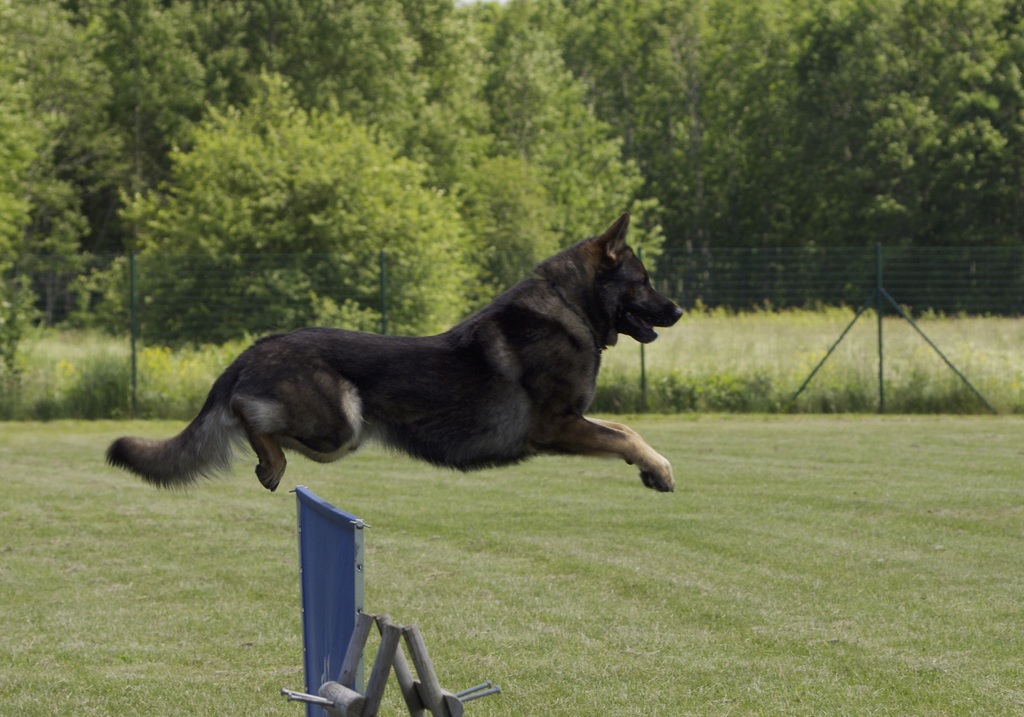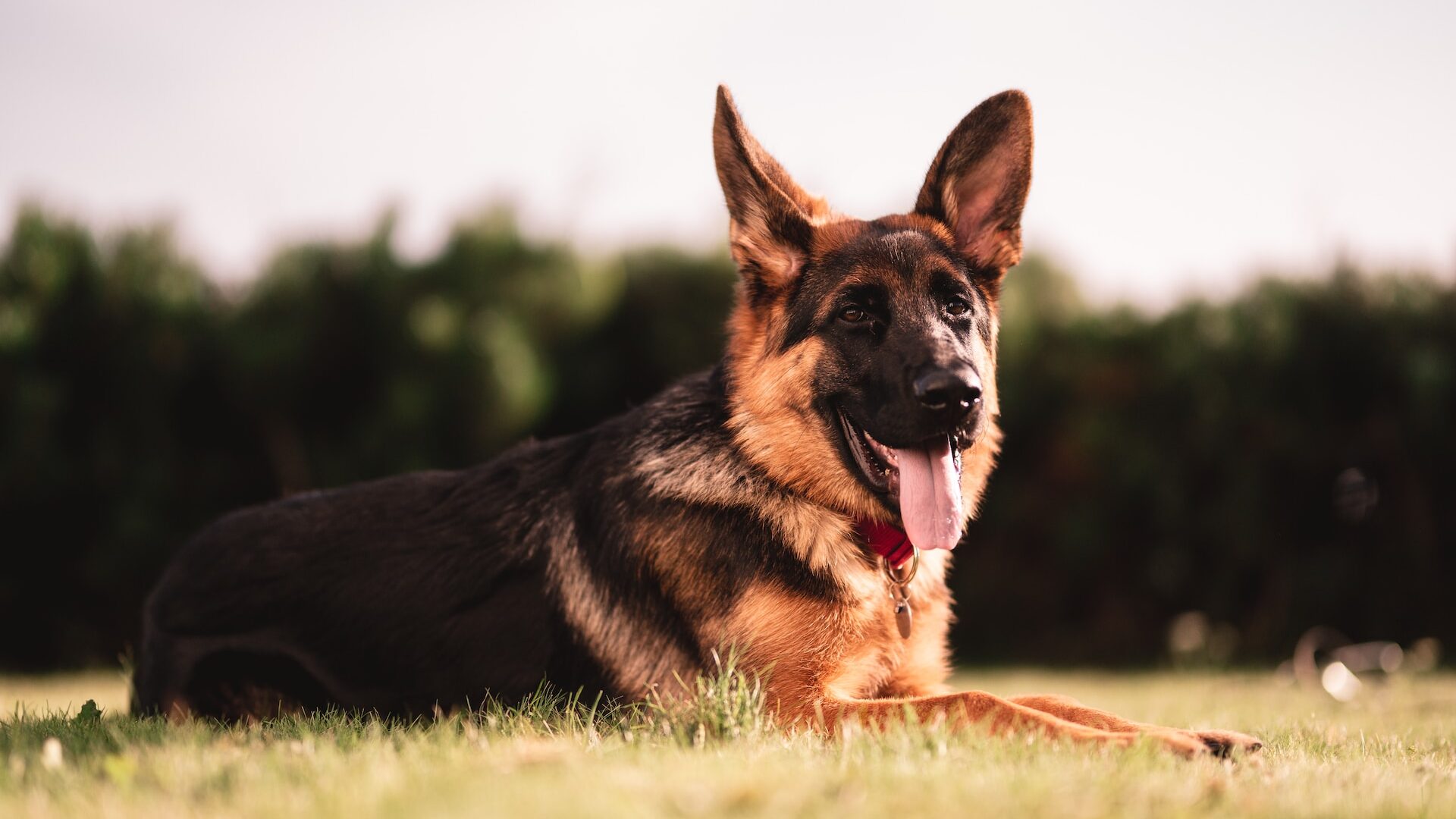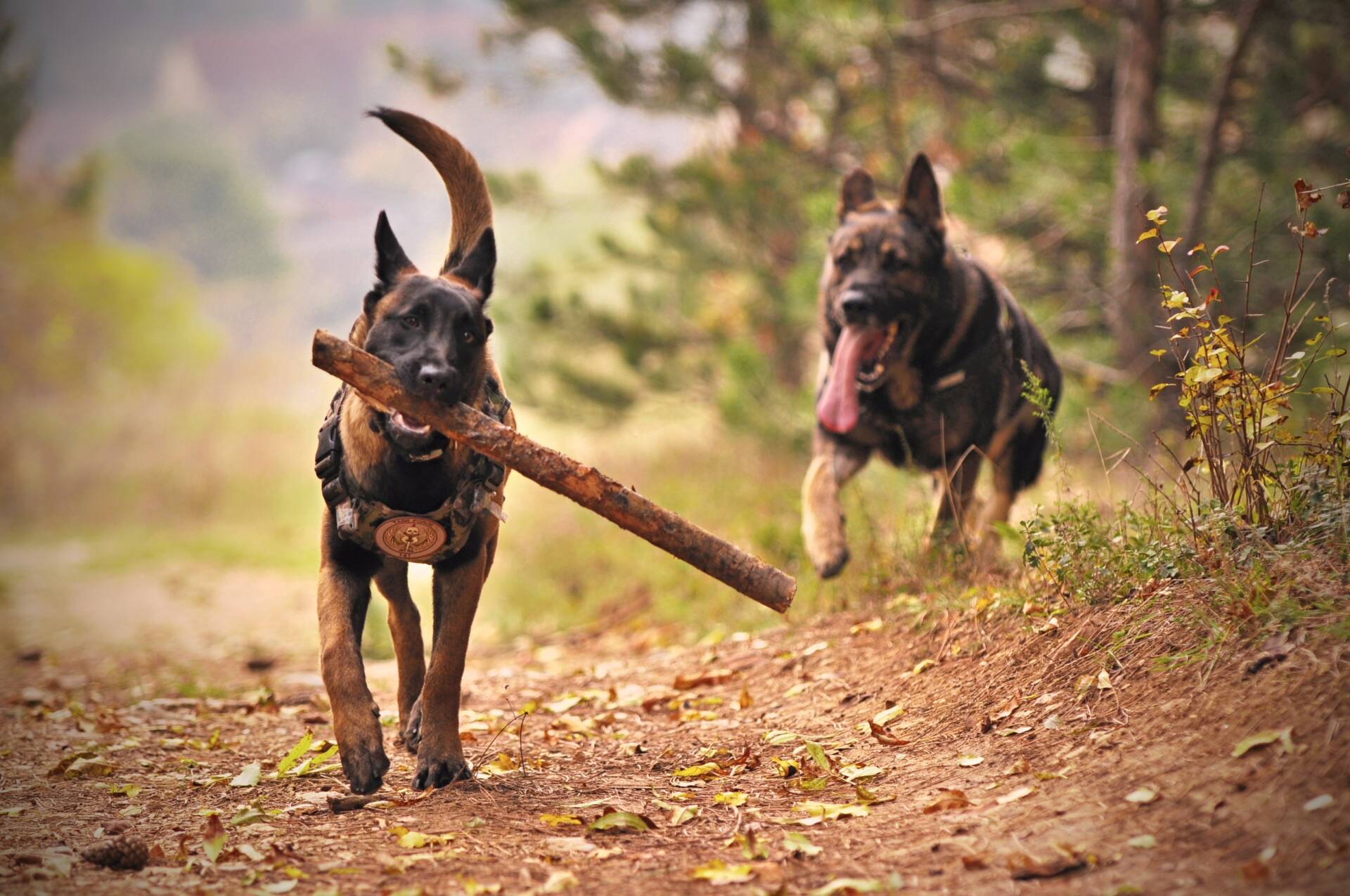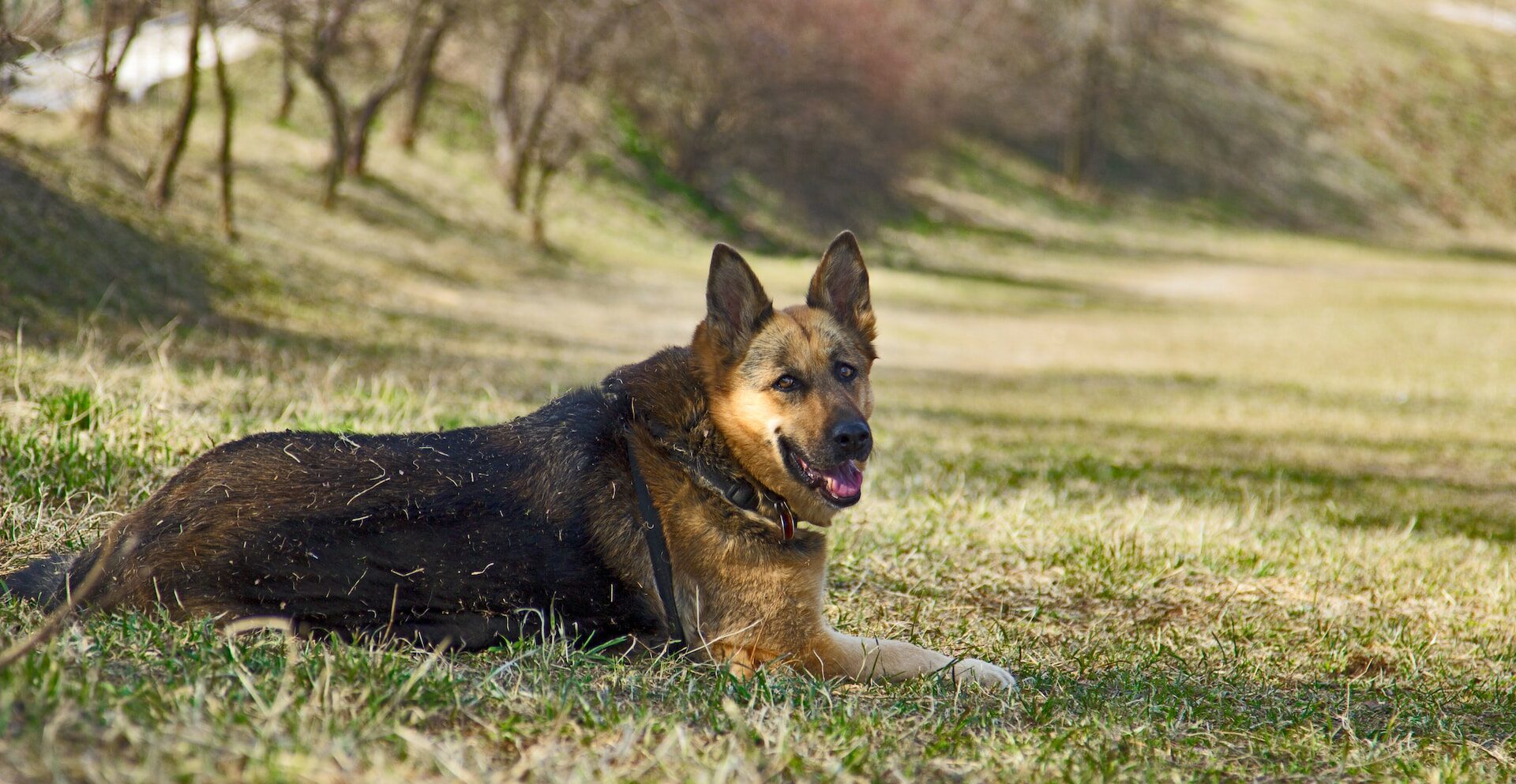9 Different Types Of German Shepherds (& Which Is Best For You)
German Shepherds are one of the most beloved dog breeds worldwide, known for their intelligence, loyalty, and versatility. Whether as working dogs, show dogs, or family pets, they excel in various roles.
However, many people are unaware that there are different types of German Shepherds, each with unique characteristics and histories.
Let’s dive in and discover which type of German Shepherd is best suited for you.
Key Takeaways
- German Shepherds come in different types, each with their own unique traits and qualities.
- The West German Working Line is known for its work ethic, athleticism, and suitability for tasks like herding and guarding.
- The DDR/East German Working Line is renowned for its exceptional drive, endurance, and protective instincts.
- Czech Working Line German Shepherds excel in versatility, high energy levels, and working capabilities.
- Show Line German Shepherds, whether American/Canadian or European/West German, showcase beauty, grace, and a calm temperament.
- German Shepherd mixes offer a blend of traits from German Shepherds and other breeds, resulting in a wide range of appearances and temperaments.
Historical Background
The German Shepherd breed was developed by Max von Stephanitz in the late 1800s. His goal was to create the perfect working dog, combining strength, intelligence, and obedience. Over time, different breeding standards emerged, particularly between European and American breeders. These differences led to the development of various lines and types within the breed.
German Shepherd Types Based on Lineage
East German DDR German Shepherds
Bred during the Cold War in East Germany, the DDR (Deutsche Demokratische Republik) German Shepherds were primarily used for military and border patrol work. These dogs have a robust build and darker coat colors, often appearing more muscular and sturdy compared to other types.
Their physical traits reflect their purpose as working dogs, designed to withstand harsh conditions and demanding tasks.
The DDR German Shepherds are known for their high endurance and strong prey drive. These traits make them highly focused and driven, excelling in tasks that require persistence and determination.

They have a natural inclination towards guarding and protection, making them excellent working dogs.
However, this also means they require rigorous physical and mental stimulation. Owners must be committed to providing daily exercise and challenging activities to keep these dogs happy and healthy.
|
Origin |
East Germany |
|
Primary Use |
Border patrol, military |
|
Physical Traits |
Robust build, darker coat colors |
|
Behavioral Traits |
High endurance, strong prey drive, focused |
|
Exercise Needs |
High, requires rigorous physical and mental activity |
West German Working Line
The West German Working Line German Shepherds are another type bred for their utility and working capabilities. These dogs are characterized by their high energy levels, strong drive, and high pain tolerance.
They are often employed in various demanding roles, such as search and rescue, police dogs, and protection. These dogs are built to be resilient and reliable, capable of performing tasks that require both physical strength and mental sharpness.
West German Working Line German Shepherds typically have coats in sable, black and tan, or sable and black. Their appearance is secondary to their functionality, and breeders focus on traits that enhance their working abilities.
They are known for their loyalty and eagerness to work, making them ideal companions for those who can provide them with a job or purpose.
Owners need to be prepared for the high level of commitment these dogs require, including extensive training and regular, intense exercise.
|
Origin |
West Germany |
|
Primary Use |
Search and rescue, police work, protection |
|
Physical Traits |
High energy, strong build, common sable and tan coats |
|
Behavioral Traits |
Strong drive, high pain tolerance |
|
Exercise Needs |
High, requires significant physical and mental activity |
Czech German Shepherds
Czech German Shepherds have a unique history, originating from the former Czechoslovakia where they were bred for military purposes. These dogs have a leaner build compared to other types, which contributes to their high stamina and agility.
Czech German Shepherds were initially bred to be strong and resilient, capable of enduring long working hours in demanding conditions.
Over the years, breeders have focused on developing a calmer temperament in Czech German Shepherds while retaining their working capabilities. This makes them suitable for various roles, including police work, sports, and as active family pets.
They thrive on structured training and plenty of physical activity. They need a lot of exercise and mental stimulation to prevent boredom and destructive behavior.
|
Origin |
Czechoslovakia |
|
Primary Use |
Military, police, sports |
|
Physical Traits |
Lean build, high stamina, and agility |
|
Behavioral Traits |
Calm temperament, high energy |
|
Exercise Needs |
High, thrives with structured training and activity |
American/Canadian Show Line
These German Shepherds are bred primarily for their appearance and are popular in dog shows. These dogs have a more laid-back temperament compared to their working line counterparts, making them excellent family pets.
Their breeding focuses on elegant movements and aesthetic traits, such as coat color and body structure.
Common coat colors for American and Canadian Show German Shepherds include black and tan, sable, and bi-colored variations. Despite their focus on appearance, these dogs still require regular exercise and mental stimulation to stay healthy and happy.
They are friendly and sociable, often forming strong bonds with their families. However, potential owners should be aware that these dogs might have more health issues due to the emphasis on breeding for specific physical traits.
|
Origin |
North America |
|
Primary Use |
Dog shows, family pets |
|
Physical Traits |
Elegant appearance, common black and tan, sable coats |
|
Behavioral Traits |
Laid-back, friendly |
|
Exercise Needs |
Moderate, requires regular exercise and stimulation |
West German – European Show Line
The West German Show Line aims to balance aesthetics and working ability. These dogs have a straighter back compared to their American counterparts and exhibit a stable temperament.
Breeders of the European German Shepherds emphasize rigorous testing to ensure these dogs meet breed standards, making them well-rounded and suitable for various roles.
These dogs are known for their balanced build and stable temperament, making them excellent family pets as well as capable working dogs. They are often seen in various dog sports and competitions due to their agility and obedience.
While they are more laid-back than the working lines, they still require regular exercise and mental engagement to stay fit and content.
|
Origin |
Germany (Europe) |
|
Primary Use |
Family pets, various roles |
|
Physical Traits |
Straighter back, balanced build |
|
Behavioral Traits |
Stable temperament, well-rounded |
|
Exercise Needs |
Moderate, requires regular exercise and stimulation |
Understanding the different types based on lineage can significantly impact your choice of a canine companion. Each type has its own unique set of characteristics, making them suitable for various roles and lifestyles.
Whether you’re looking for a dedicated working dog or a family-friendly pet, there’s a German Shepherd type that fits your needs.
Differences Between Working Line & Show Line German Shepherd
Working Line German Shepherd Dog
Working line German Shepherds are bred for their working abilities and are used in roles such as police, military, search and rescue, and protection work. The working line consists of three subcategories:
- West German Working Line
- Deutsche Demokratische Republik (DDR)/ East German Working Line
- Czech Working Line
Show Line German Shepherd Dog
Show line German Shepherds, also known as conformation line or breed line German Shepherds, are bred for their conformation and appearance. They are often showcased in dog shows and competitions.
- American/ Canadian Show Line German Shepherd
- European/ West German Show Line German Shepherd
Types Based on Coat Color
Beyond lineage, German Shepherds can also be categorized based on their coat color. Here’s a look at some common variations:
Saddle Colored German Shepherds
Saddle colored German Shepherds have a distinctive black saddle or blanket pattern on their back, with tan or red fur covering the rest of their body. This is one of the most recognized patterns in the breed.
Black German Shepherds
Black German Shepherds are entirely black, resulting from recessive genes. They are less common but are equally capable and versatile as their multi-colored counterparts.
White German Shepherds
White German Shepherds are rare and often mistaken for albino dogs, which they are not. They have a dominant gene for white coat color and are known for their striking appearance.
Sable German Shepherds
Sable German Shepherds have an agouti pattern, with each hair having multiple colors. They often change color as they grow, starting as tan puppies and developing a mix of black, gray, tan, and gold as adults.
Which Type Of German Shepherd Is Best For You?
Determining the best type of German Shepherd depends on the specific traits and qualities that potential owners are seeking.
Here are some factors to consider when determining which type of German Shepherd is the right fit:
Working Line German Shepherds: If you are looking for a highly energetic, intelligent, and trainable dog for working purposes such as herding, protection, or search and rescue, a Working Line German Shepherd may be the best choice.
They excel in tasks that require physical and mental stimulation and are well-suited for active individuals or experienced handlers seeking a working partner.
Show Line German Shepherds: If you desire a German Shepherd with a calm temperament, elegant appearance, and a potential interest in dog shows or obedience competitions, a Show Line German Shepherd might be the ideal fit.
They are often more laid-back and can make excellent family companions, particularly for individuals looking for a beautiful and well-behaved dog.
German Shepherd Mixes: For those seeking a unique blend of traits from German Shepherds and other breeds, German Shepherd mixes can offer a wide range of appearances, temperaments, and abilities.
They provide an opportunity for prospective owners to experience a combination of desirable qualities from both parent breeds.
Ultimately, the best type of German Shepherd for an individual or family depends on their specific lifestyle, preferences, and what they are looking for in a canine companion.
Additionally, consulting with breeders, trainers, or experienced German Shepherd owners can provide valuable insights to help make an informed choice.
Conclusion
German Shepherds offer a diverse range of types, each with its own unique traits and qualities. Whether you’re looking for a working partner, a show dog, or a mixed breed companion, German Shepherds have something to offer for every individual and family.
Consider your lifestyle, preferences, and specific needs to determine the best type of German Shepherd for you, and remember to provide them with the love, care, and training they need to thrive as loyal and devoted companions.
FAQs About German Shepherd Types
How many types of German Shepherds are there?
There are several types of German Shepherds, mainly divided into Working Line and Show Line categories. The Working Line includes East German DDR, West German, and Czech German Shepherds.
The Show Line encompasses American/Canadian and West German (European). German Shepherds can also be classified by coat color, such as Saddle Colored, Black, White, and Sable.
What is the best German Shepherd breed?
The “best” German Shepherd breed depends on your lifestyle and needs. Working Line German Shepherds are ideal for active, experienced owners due to their high energy and drive, excelling in roles like search and rescue or police work.
German Shepherds for shows are more relaxed and suited for families and first-time owners, offering a friendly and sociable demeanor.
What is the rarest kind of German Shepherd?
White German Shepherds are considered the rarest type. They have a dominant gene that gives them their striking white coat, distinguishing them from the more common color variations within the breed.
What is the biggest type of German Shepherd?
The West German Show Line German Shepherd is typically the largest type. These dogs are bred with an emphasis on size and aesthetics, resulting in a balanced and robust build that often surpasses the size of other German Shepherd varieties.




